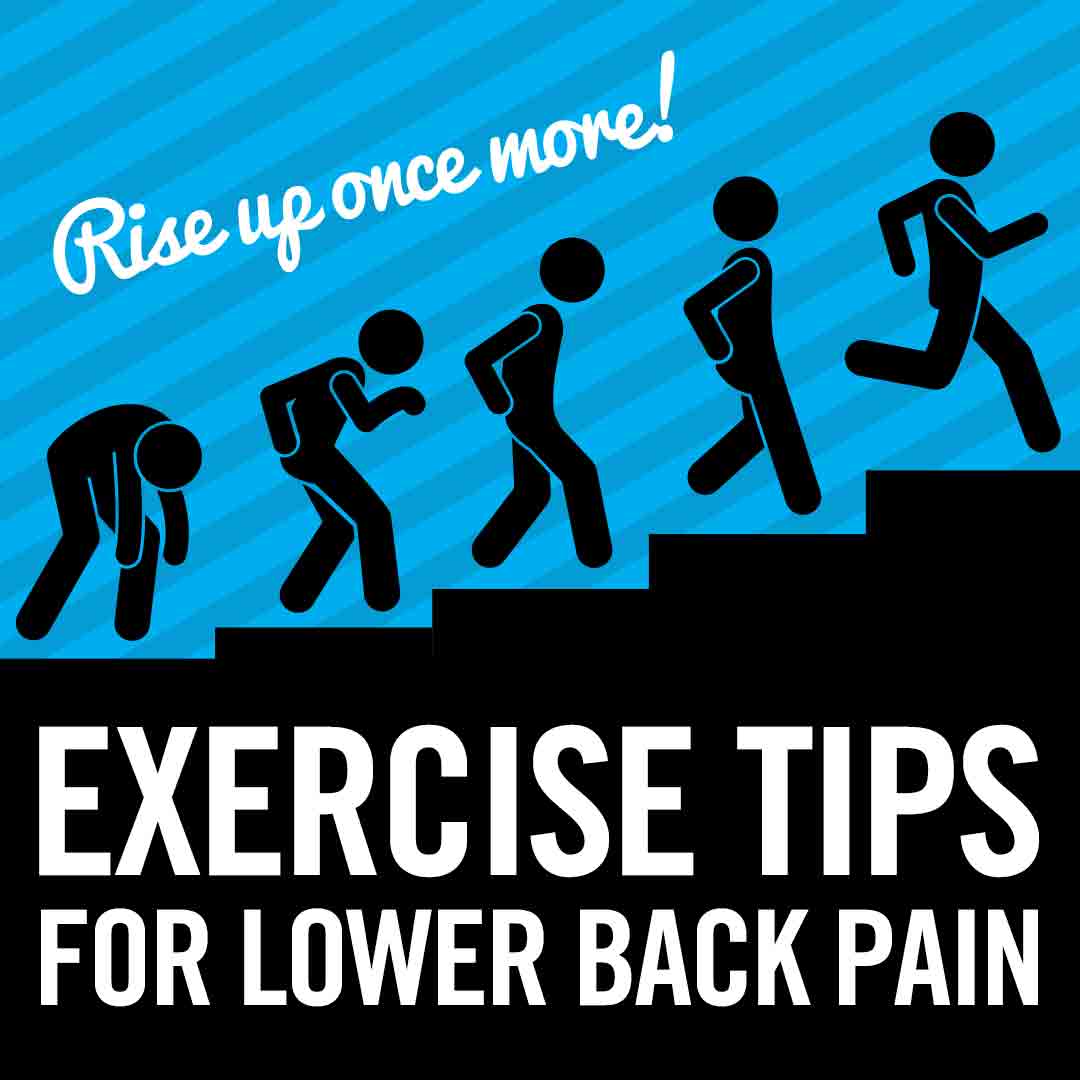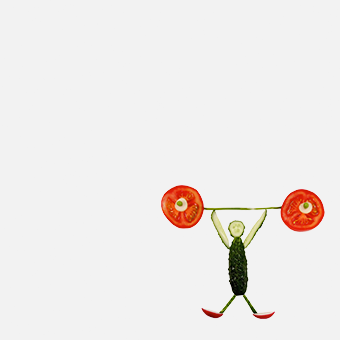Lower back pain can affect us all. As well as specific lower back pain caused by a slipped disc, fracture or inflammation, discomfort in this area is the most common form of back pain and can often be a result of a weak core as well as a muscle, ligament or tendon strain. Whether you’ve twisted the wrong way, or the pain has come on after years of wear-and-tear, these exercises below will help to relieve that soreness. However, if you’re suffering from a fractured spine, go talk to a doctor.
OUT AND ABOUT
Go Walking
Work some walking into your daily routine. People with chronic lower back pain are more likely to have limited functionality. Seemingly simple tasks like putting on socks or picking something up can feel impossible. Regardless of the weather, factoring in time to take regular walks of around 30 minutes taken at least 3 times a week can massively help to maintain functional capabilities. Walking helps to release endorphins which are pain inhibiting hormones naturally produced by your body.
Make a Bold Stroke
Many people, experiencing lower back pain swear by swimming or exercising in water. This is because the buoyancy lessens the impact on your joints whilst allowing you to strengthen your core muscles and back. Try not to swim with strokes that arch your back or neck, like butterfly and breaststroke, and opt instead for freestyle or backstroke. Alternatively consider using a snorkel or a mask so that you don’t need to curve or come up for air.
Like many, Paul spent his days sitting at a desk and although he’d stayed physically active, had damaged his back. His physio recommended Paul start a programme of swimming and Paul has never looked back.
https://www.facebook.com/activenationuk/videos/576948772783921/
Get On Your Bike and Ride!
Compared to other forms of aerobic exercises, cycling is less jarring to your spine. This includes cycling on a stationary exercise bike. As long as your posture is correct, you should feel no strain.
IN THE OFFICE
Hold Good Posture
Bad posture can cause pain and complications in many areas of the body, the lower back in particular. When your lower back starts playing up, check your posture as a first port of call. If you have a clear wall nearby, a few wall sits will help too. Try doing stretches for low back pain, stand a foot or two away from the wall, lean your back against it and then lower yourself into a sitting position so that your knees are at right angles. Hold it for ten seconds before sliding back to standing, then repeat eight times.
Keep on moving!
Lower back pain can get worse when you stay in the same position for too long. If your day job requires you to sit at a desk, drive or stand for prolonged periods of time, be sure to give yourself regular breaks to get the movement back in – a simple walk for a few minutes will do the trick.
Rotate
A good stretch can go a long way to ease lower back pain. Here’s an article that answers if low back pain stretch can help. Try some rotations, which can be effective when seated as well as lying down, although you might get some odd looks from your colleagues if you try the latter in an office. Sit upright with your feet flat on the floor. Either place your hands behind your head or on the knee closest to the direction you’re planning on rotating into. Twist from your core and make sure to keep you spine long and hips even. Repeat on both sides eight times.
ON THE MAT
Here’s a list of floor based exercises for lower back pain. They all help by strengthening your core and leg muscles, as well as your gluteus maximus:
Hamstring stretches
Pelvic tilts
Cat stretches
Bridges
Partial crunches
Knee to chest stretches
Avoid: toe touches, sit-ups and leg lifts. Although good for other ailments, these will put added strain on your lower back rather than supporting it.


















